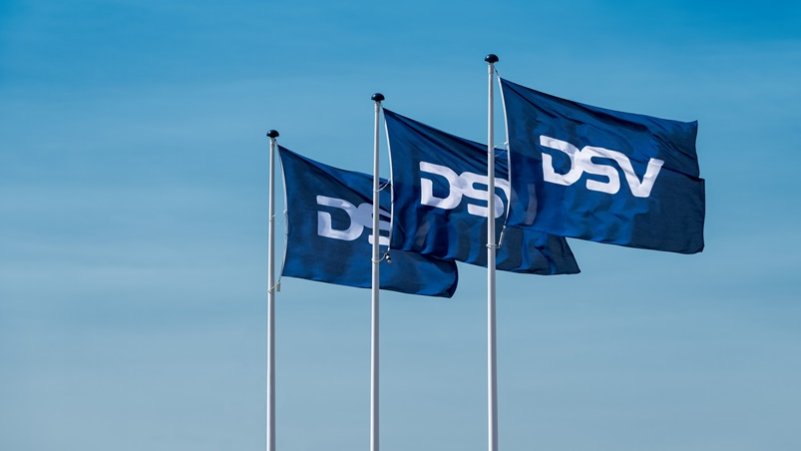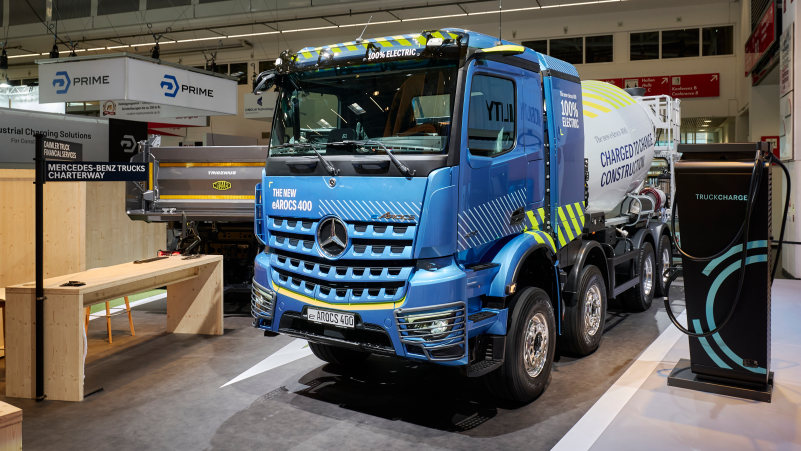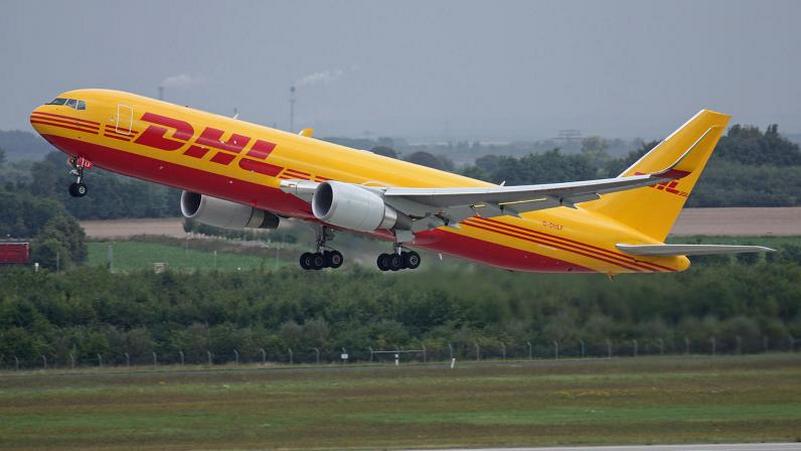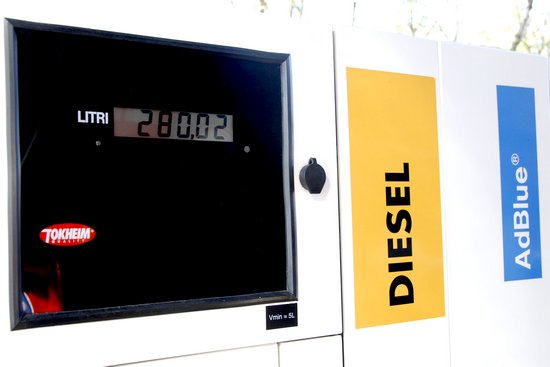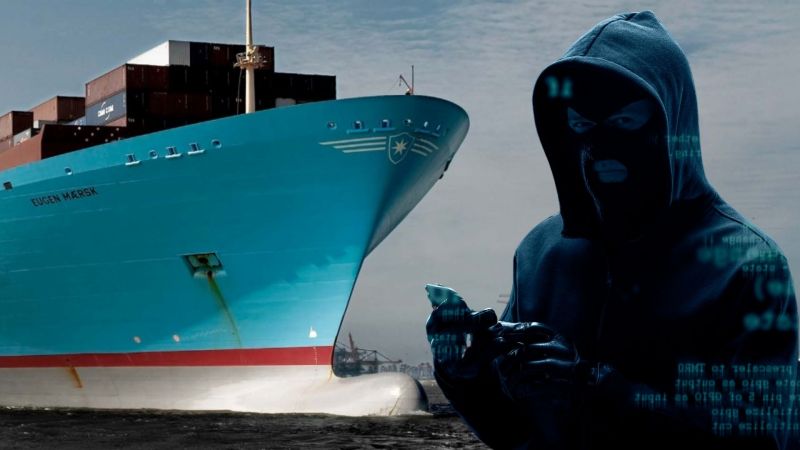On July 10, 2024, a train departing from the Chinese station of Wujiashan to Europe marked the 10,000th shipment of the year, achieving this milestone 19 days earlier than in the previous year. This event underscores the increase in railway traffic between China and Europe recorded in the first half of 2024. According to Chinese Railways, 1.083 million TEU were transported, an 11% increase from 2023.
Considering the three main routes—western (via Alashankou and Khorgos), central (via Erlianhot), and eastern (via Manzhouli, Suifenhe, and Tongjiang North)—rail transports increased by 13%, 20%, and 5% respectively. There are 91 scheduled services connecting 61 Chinese cities to Europe, and from June 15, the number of weekly fixed-schedule connections rose from 5 to 17. Chinese cities using fixed services include Chongqing, Yiwu, Wuhan, and Guangzhou.
On July 21, China also inaugurated a direct 9,000-kilometer rail link with Iran, covering the distance between Yiwu and Qom in 15 days. Previously, goods traveled multimodally, resulting in longer travel times.
However, the China-Europe rail transport faces several challenges. The first issue is the maintenance work on Kazakhstan’s railway network, expected to continue until the end of August, causing delays in wagon rotation and loading/unloading times, extending transit times through the Alashankou and Khorgos ports up to 10-15 days.
On the European side, customs congestion at Brest/Malascewicze is causing delays of five to seven days, while a system failure at the Contargo station in Neuss has halted container release operations. Some forwarders have announced a surcharge of 100 euros per unit on certain routes due to section closures for maintenance. The Zhengzhou-Liege route faces significant issues due to a cable failure in Aachen and customs clearance delays in Marla, with transport times reaching up to 35 days.
The international container leasing market has stabilized prices, with rates for Duisburg and Hamburg between $1,900 and $2,200, and for Mala, Warsaw, and Lodz between $2,300 and $2,500. However, inland cities like Chengdu, Chongqing, and Xi'an continue to suffer from container shortages, with rental prices about 20% higher than coastal areas.
Spot rates for China-Europe transport have seen a general increase, with varying increments depending on the city. For example, the average increase from Chongqing and Chengdu is $300, while the Chengdu-Lodz express service has risen by $400. The increase for Xi'an-Mala, Duisburg, Hamburg, and other stations ranges from $200 to $700. Rates for all routes from Zhengzhou have risen by $200 to $500. The increase in Hefei is more modest at $50, while the rate from Yiwu remains unchanged, although the express service is $500 more expensive than the regular one.
Overall transport efficiency has decreased, with transit times extended up to 35 days on some routes. Shipping platforms are adopting a cautious approach to cargo collection, suggesting prioritizing solutions with stable schedules and strong management capabilities.


